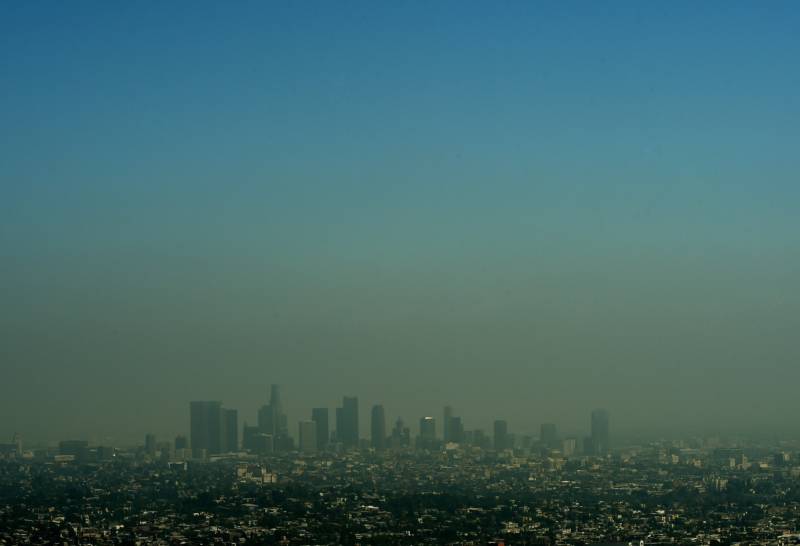Update Sept. 27, 11:30 a.m.
Sen. Dianne Feinstein on Friday asked the deputy inspector general of the Environmental Protection Agency to investigate whether EPA Administrator Andrew Wheeler’s warning to California that it could lose federal highway funds due to poor air quality constituted “inappropriate political interference.”
Wheeler’s letter to California, sent Tuesday to the state’s Air Resources Board, described the state’s air quality as the worst in the country, with 34 million people living in areas that do not meet National Ambient Air Quality Standards.
The agency called on California to address a backlog in plans aimed at reducing air pollution, and to work with federal regulators to develop workable plans or else risk highway funding, sanctions and other penalties.
“California has failed to carry out its most basic responsibilities under the Clean Air Act, and as a result, millions of Californians live in areas that do not meet our nation’s air quality standards,” Wheeler said. “EPA stands ready to work with California to meet the Trump Administration’s goal of clean, healthy air for all Americans, and we hope the state will work with us in good faith.”

